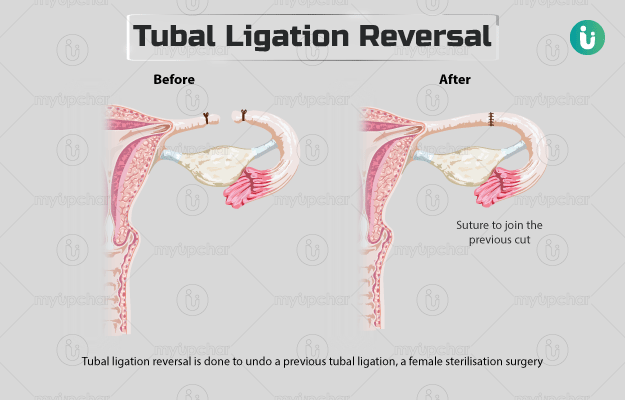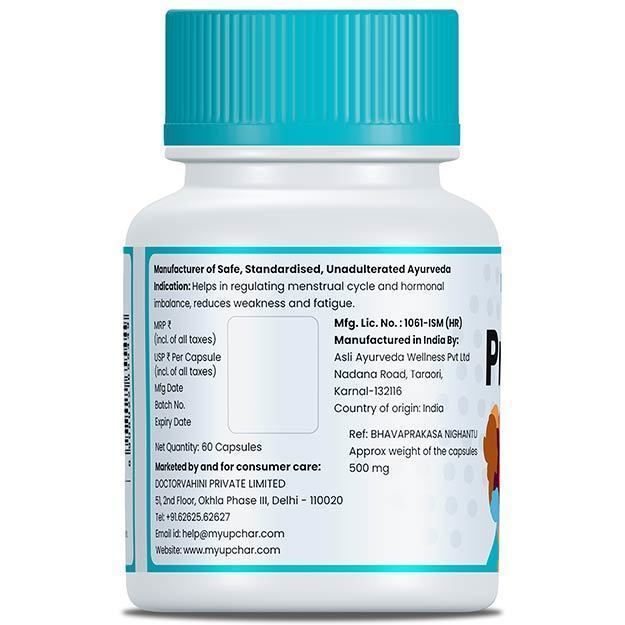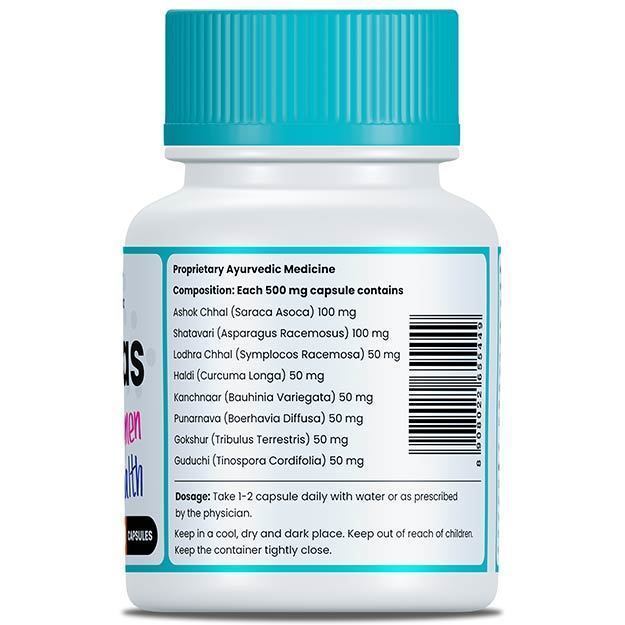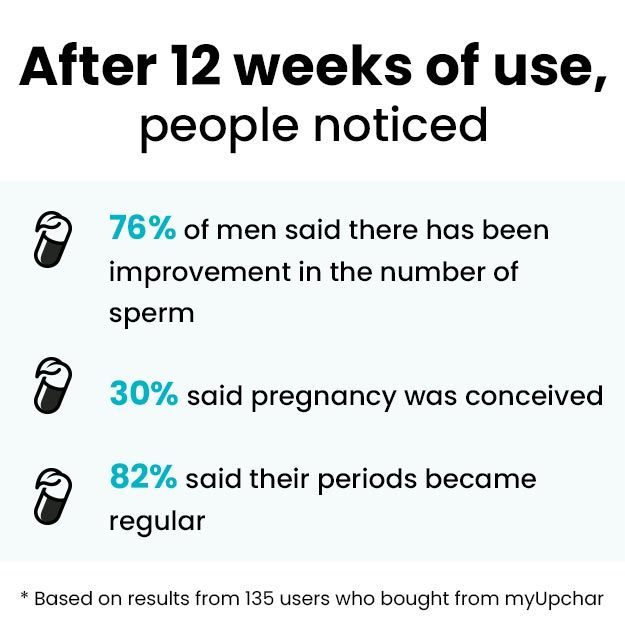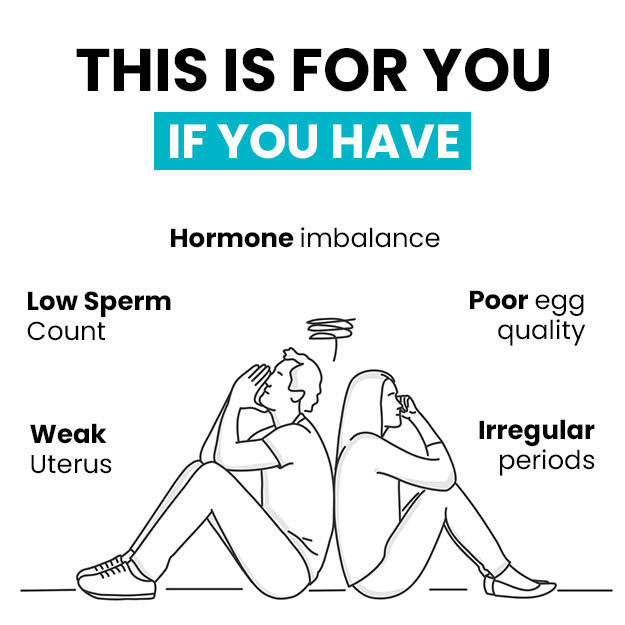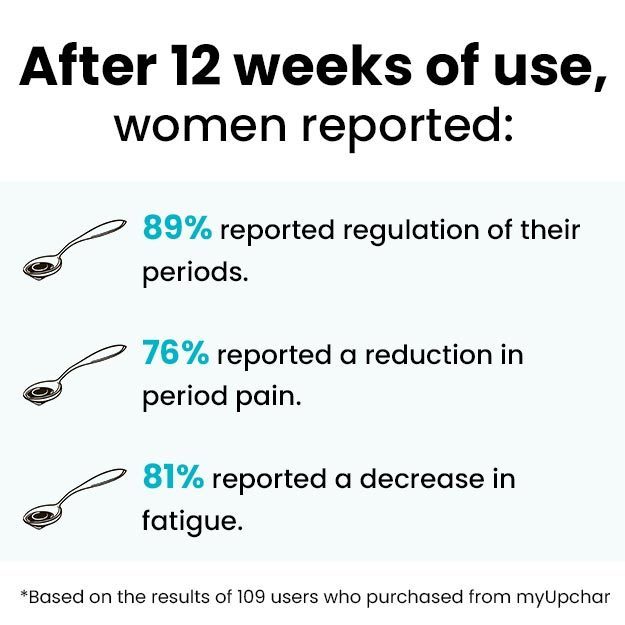Summary
Tubal ligation reversal is done to undo a previous tubal ligation, a female sterilisation surgery. In tubal ligation, the tubes that carry eggs from the ovary to the uterus, called fallopian tubes, are either cut, tied, or burnt to prevent pregnancy. However, due to a change in circumstances, a woman may opt to become pregnant again. In such cases, surgeons recommend tubal ligation reversal. This procedure includes reattachment of the cut ends of the fallopian tubes to allow the eggs to move into the uterus and enable women to get pregnant again.
The success of the procedure depends on the woman’s age, type of previously undergone tubal ligation, time passed since the sterilisation surgery, and the health of the remaining fallopian tubes. The health of your partner’s sperm will also be examined before the surgeon decides to perform tubal ligation reversal. The operation will be conducted under general anaesthesia so that you do not feel pain during the surgery. The surgery requires about two to three hours, and you will be discharged within three to four hours. Your surgeon may ask you to visit the hospital or clinic one week after the surgery for follow-up.

